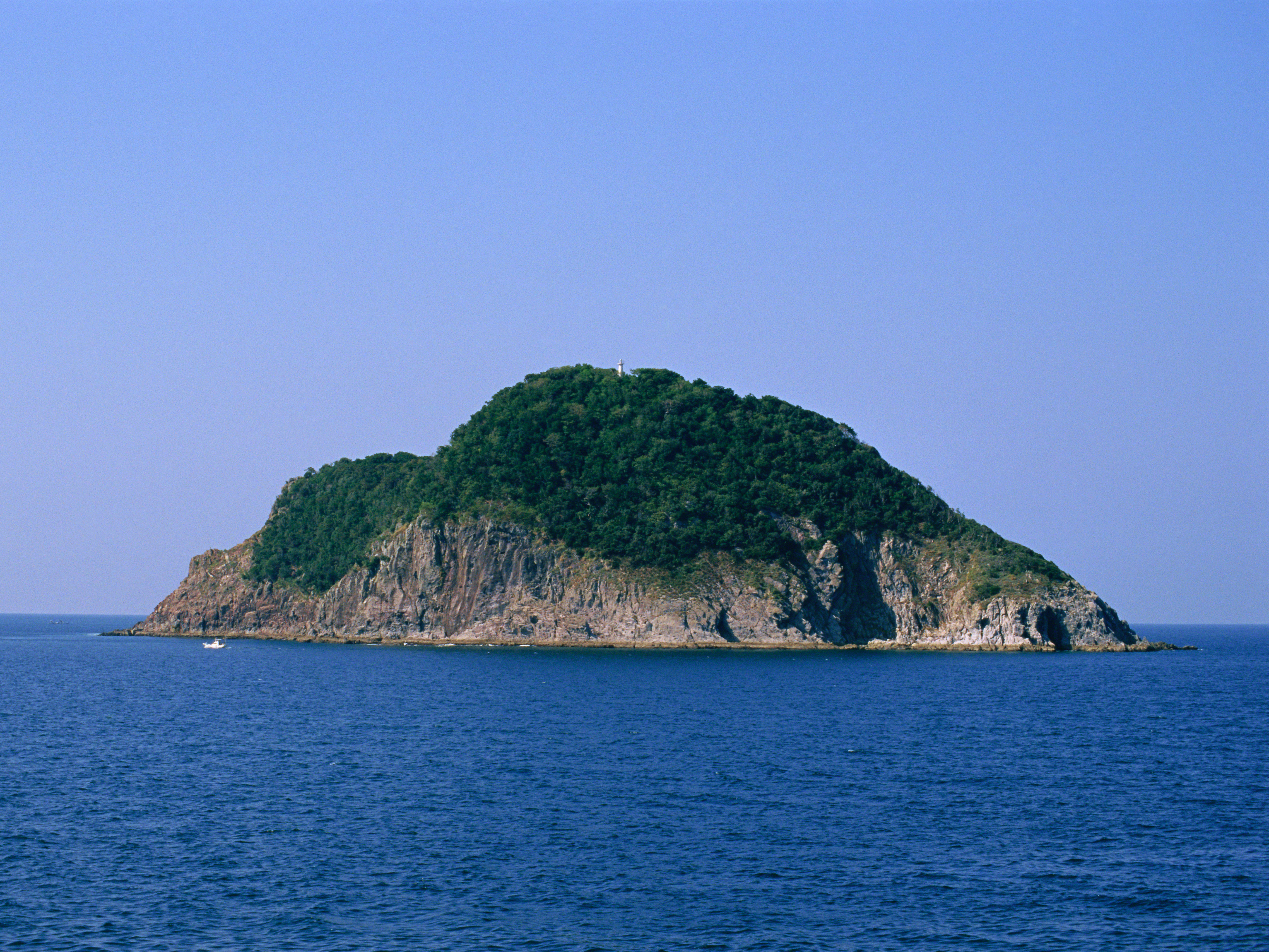A Japanese island where all women are banned has been named a World Heritage Site by UNESCO.
Okinoshima, a small outcrop off of the Kyushu island which is close to South Korea, was recognised by the United Nations body over the weekend.
It is a sacred site in the Japanese Shinto religion, which insists that nobody female is allowed to visit the island.
Even the male visitors who come have to strip naked and ritually wash themselves in the waters of the Korea Strait before setting foot on it.
According to the BBC, only 200 visitors per year are allowed to come to the island.

It has been a holy spot for more than 1,000 years, and hosts a 17th century shrine at which worshippers can pray for the safe passage of Japanese sailors.
A UNESCO statement announcing the designation said that the island is "an exceptional example of the tradition of worship of a sacred island" and praised the "exquisite workmanship" of many ritual items brought to the island.
It continued: "The archaeological sites that have been preserved on the Island are virtually intact, and provide a chronological record of how the rituals performed there changed from the 4th to the 9th centuries CE."
In the same meeting, at a conference in Krakow, Poland, UNESCO named ten other sites for recognition, including one in England.
Here they are:
- The Historic City of Yazd, Iran Renaissance coastal defences around Venice, spanning Croatia, Italy and Montenegro Norse and Inuit farmland near an arctic ice cap in Kujataa, Greenland The religious site of Taputapuātea on Ra'iatea Island, French Polynesia Ice Age caves filled with prehistoric art in Swabian Jur, Germany The Tarnowskie Góry Lead-Silver-Zinc Mine, Poland The Assumption Cathedral and Monastery in Sviyazhsk, Russia The ruined temple of Aphrodisias, Turkey Valongo Wharf, a notorious slaving site Rio de Janeiro, Brazil The Lake District, England

